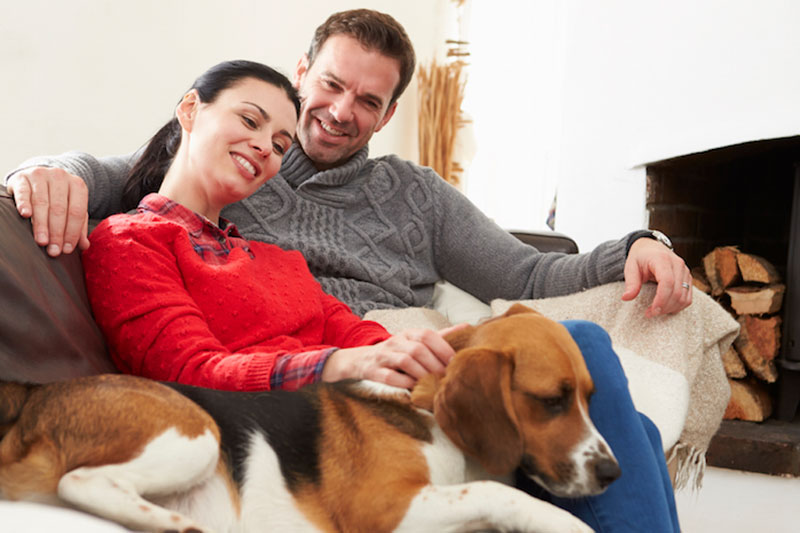
Having cozy heating and cooling in Lake Worth, Florida, year-round appears to be a good approach. But in reality, how can you keep your home cozy while stopping energy costs from skyrocketing?
Enjoying a cozy home in the colder months isn’t as difficult as you may think. But at times you might require pro assistance if you’re finding hot and cold spots. Or if your furnace doesn’t heat like it previously did.
If you’re going through comfort issues or need furnace repair, the heating and cooling professionals at Smyth Air Conditioning can help. Call us at 561-533-6066 to set up an appointment now.
In the meantime, here are some ideas on how to handle your thermostat while it’s colder.
Decrease Temperatures When You Go to Work
Lowering the thermostat 10–15 degrees while you’re at work can save 5–15% on your heating costs, according to the Department of Energy. If your house is empty throughout the day, this is a great method to decrease expenses. And when you think about what just 5% could do for your utility expenses, that can make a huge difference!
Lower the Setting Why You Sleep
You can also lower the temp before you go to sleep. It even benefits more than just your heating expenses! A good temperature for falling asleep is 60-67 degrees, according to the National Sleep Foundation. Your body cools down naturally to help you sleep, so keeping your bedroom chilly could help you go to sleep more quickly.
Purchase a Smart Thermostat
One idea to think about if you don’t already utilize it—a smart thermostat. You won’t have to walk over to the thermostat to change it. In fact, you can lower it from almost anywhere with your smartphone. A Wi-Fi thermostat also adjusts to your household schedule and instinctually changes the setting to help you save more on energy costs.
Enjoy a Comfier Home with Support from the Heating and Cooling Professionals
Even if you don’t make major changes to your temperature, a small adjustment can benefit your heating costs.
While you are managing your thermostat, there are a couple other things to remember during the heating season.
- Request an appointment for routine furnace maintenance. Heating service double-checks your system is operating appropriately and could help make your heating system more efficient.
- Examine your air filter. If you don’t see light through it, it’s time to get a new one.
Both of these things will help confirm your furnace is in peak form to keep your residence toasty.
If you need help using a smart thermostat or have furnace concerns, get in touch with the specialists at Smyth Air Conditioning to get outstanding assistance. You can contact us at 561-533-6066 or request an appointment online.
